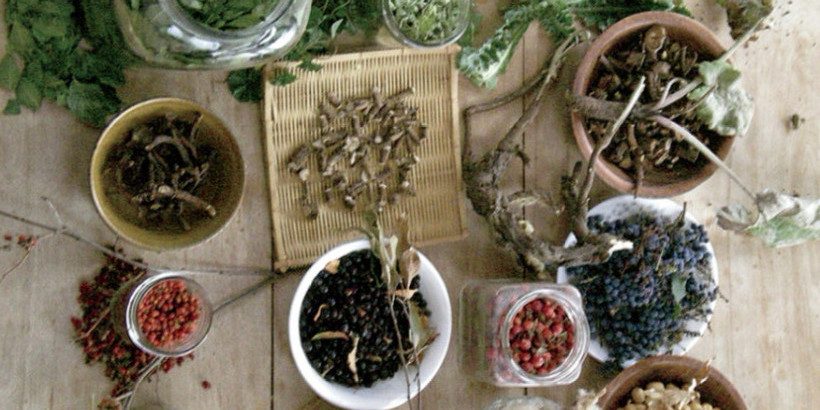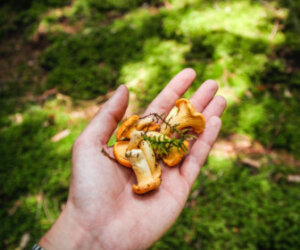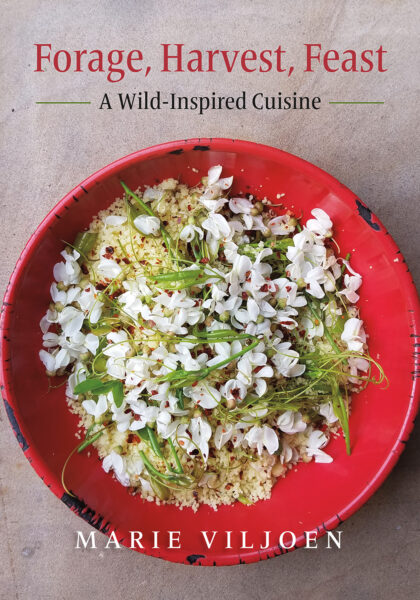Wild Edibles: 5 Tips for Beginner Foragers

Ever spotted a dandelion growing in your backyard and wondered, can I eat that? According to wild plants expert Katrina Blair, the answer is a resounding yes. And there are plenty of other commonly found weeds that fall into this category as well. These nutritious “survival plants”, as she calls them, can be eaten from root to seed and used for a variety of medicinal purposes to achieve optimal health.
If you are new to foraging, below are a few beginner tips from Katrina Blair to get you started on your hunt for wild edibles. And, next time you are taking a walk around the neighborhood keep your eyes peeled for these thirteen plants: dandelion, mallow, purslane, plantain, thistle, amaranth, dock, mustard, grass, chickweed, clover, lambsquarter, and knotweed.
For more information on edible weeds and how Blair uses them for food and medicine listen to her interview on Sierra Club Radio. Or if you’re ready to eat now, check out her suggestions for how to use lambsquarter.
The following is an excerpt from The Wild Wisdom of Weeds by Katrina Blair. It has been adapted for the web,
5 Tips for Beginner Foragers

-
Ask for help. Seek the guidance of a local plant expert who can help you identify the subtle differences between various plant species.
-
Stay close to home. The wild plants that grow closest to where you live are the ones best adapted to support your ability to thrive in your current environment. Wild plants are extremely resilient and they help us embody those same qualities of excellence.
-
Be mindful. of where you harvest wild weeds. Use your observation skills to determine if an area may have been sprayed with herbicides or heavily fertilized with chemicals. If a plant is discolored or curls downward in an unnatural way it may best to harvest elsewhere.
-
Start off simple. Look for the common simple plants first that are easy to recognize like dandelions. Dice them up finely and add to your dinner salad along with something sweet like apple slices.
-
A little goes a long way. Wild plants are very potent so it is best to start by ingesting small amounts. Begin by nibbling a taste of a common wild edible plant and slowly introduce it to your body and taste buds.
Recommended Reads
Recent Articles
Peregrine falcons, while known as predators, are essential to our environment. These stunning birds have a rich history, an interesting present, and an uncertain future. The following is an excerpt from Feather Trails by Sophie A. H. Osborn. It has been adapted for the web. Who Are Peregrine Falcons? Though relatively uncommon wherever it occurs,…
Read MoreOh, honeysuckle…how we love thee. If only there was a way to capture the sweet essence of this plant so we could enjoy it more than just in passing. Luckily, foraging and some preparation can help make that happen! Here’s a springtime recipe that tastes exactly like honeysuckle smells. The following excerpt is from Forage,…
Read MoreIntroducing…your new favorite brunch dish! This whole broccoli frittata is packed with fresh, wildcrafted flavors that are bound to help you start your day off on the right foot. The following is an excerpt from The Forager Chef’s Book of Flora by Alan Bergo. It has been adapted for the web. RECIPE: Whole Broccoli Frittata…
Read MoreWondering where to forage for greens this spring? Look no further than hedges, which serve as natural havens for wild greens and herbs! The following is an excerpt from Hedgelands by Christopher Hart. It has been adapted for the web. Food from Hedges: Salads and Greens Let’s start by looking at all the wild foods…
Read MoreThere’s a whole new world out there when it comes to koji. It doesn’t matter if you’re making bread, cheese, or ice cream, koji helps you pump up the flavor! Growing Koji in Your Own Kitchen Koji, the microbe behind the delicious, umami flavors of soy sauce, miso, fermented bean sauce, and so many of…
Read More








